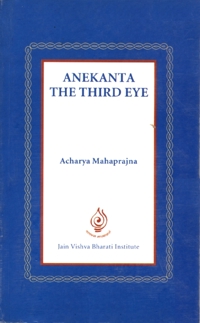
Every principle has many modes. It cannot be said which mode will manifest when. The day Darwin announced that man too had a tail and that man was a descendent of monkeys, it seemed odd and religious people derided it. This derision was because of a single dimensional viewpoint. The meaning of a single dimensional viewpoint is the end of infinite possibilities. That man does not have tails cannot be said unilaterally. In Jain agamas it is said that some people have "langula" tails and some have "ghotakmukha", that is they have horse shaped faces. Some people are 'hastimukha' or with faces like elephants. How can we totally disregard them? Where we reject possibilities, we create difficulties.
Ancient Indian literature is full of the use of the idea of Narsingh. One who has the body of a man and face of a lion, has the form of Narsingh. Is this possible? Yes it is. How can we disregard such possibilities? Such a man with the body of a human and face of a lion can be born. It is also possible for a man to be born who has the face of a fish and the body ofa human, Matsyavatar. It is also possible for a man to be born who has the face of a boar and the body of a human, Varahavtar. These are rare, but such possibilities have been explored. To reject them will be in bad spirit.
Anekanta viewpoint is one that surrenders itself to truth. The world of variations (modes) is infinite. Without anekanta it is not possible to enter that world. No truth should be always accepted or always rejected. We accept that which is true in the present and reject that which is not true in the present, but with this clause that it could be true one day, it could become acceptable someday. Never close this door.
 Acharya Mahaprajna
Acharya Mahaprajna
